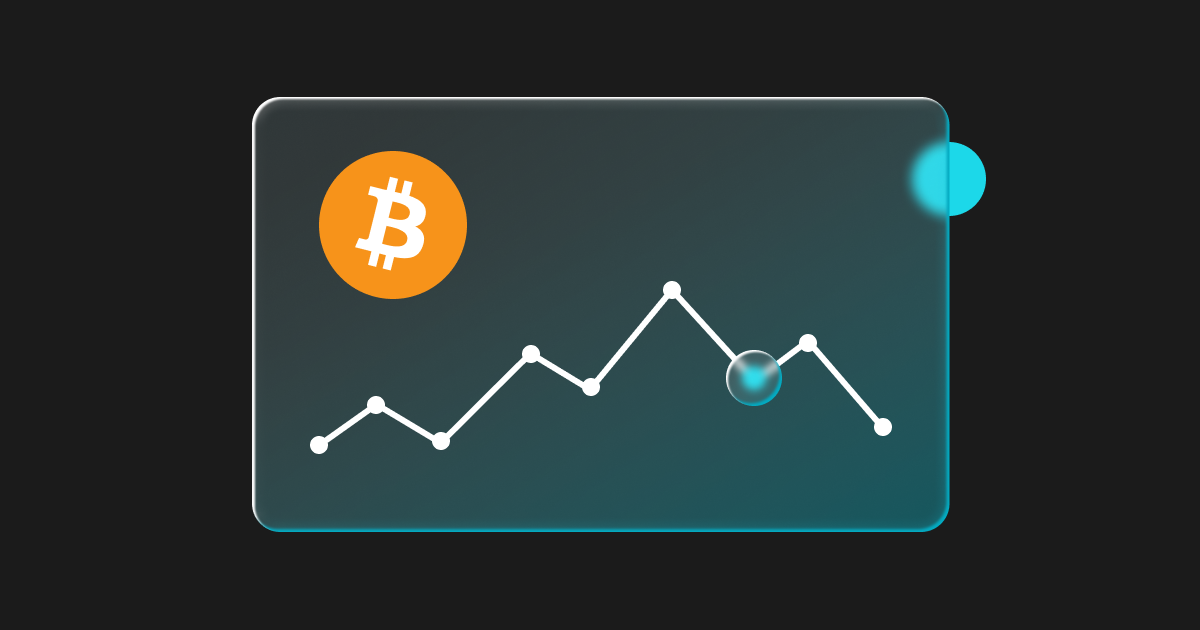Coreum advances blockchain interoperability with XRPL Bridge: Enhanced liquidity across 100+ IBC-enabled chains
Coreum, an enterprise-grade blockchain platform, focuses on creating an interconnected blockchain ecosystem that enables the free and secure flow of assets across platforms.
The benefits offered by blockchain technology continue to pique the interest of the non-crypto domain. Known for its immutability, transparency and traceability, blockchain has a profound impact on the enterprise world, with 9 out of 10 businesses using or planning to use it.
While organizations recognize that blockchain represents a significant step forward, one challenge persists: the industry still struggles with achieving interoperability between blockchain networks .
On the bright side, various projects are actively working to overcome these challenges, with one in particular enabling seamless asset transfers across different blockchain networks.
Interoperability on XRPL network
Coreum , a layer-1 blockchain designed for scalability, security and interoperability, aims to overcome integration challenges between ecosystems, especially XRP Ledger (XRPL) . Known for its decentralized, open-source structure, XRPL excels in providing fast, energy-efficient transactions and houses its native coin, XRP .
With the Bridge connecting Coreum and XRPL, developers have the opportunity to create interoperable decentralized applications (DApps) . The development of new DApps has the potential to increase liquidity and improve the utility and accessibility of XRPL.
Furthermore, the two-way bridge facilitates real-world asset’s (RWA) making their way from the XRPL to the Cosmos blockchain network, giving projects the ability to take advantage of the smart token tech, ISO 20022 messaging and decentralized finance (DeFi) opportunities within Coreum.
Bridging to Coreum opens up entirely new DeFi opportunities for XRPL assets, such as staking for rewards, earning interest through yielding and engaging in decentralized autonomous organization (DAO) governance. Coreum expands XRPL’s DeFi capabilities into a wider range of blockchain financial services, enhancing user engagement.
By ensuring seamless asset transfers between blockchains, XRP holders can access the expansive world of DeFi . Users can benefit from DeFi opportunities, including staking, lending and borrowing using Coreum.
As an enterprise-grade blockchain platform, Coreum aims to redefine the capabilities and efficiency of enterprise-level blockchain applications by adopting the ISO 20022 standard on-chain. ISO 20022 standardization enables seamless communication and integration between different platforms, streamlining the transaction process and enabling a wider range of financial services to operate on blockchain.
The bridge that connects XRPL and IBC-compatible apps
Coreum has developed the XRPL Coreum Bridge, which provides uninterrupted asset transfers and inter-chain communication. The bridge creates a direct conduit for the transfer of assets between the XRPL and a wide array of IBC-compatible blockchains. The IBC protocol is a framework designed to enable reliable communication and asset transfer between independent blockchain networks.
The XRPL Coreum Bridge's decentralized and noncustodial operation distinguishes it from other blockchain bridges. By design, no central authority or intermediary is responsible for holding or managing assets, ensuring users have full control over their assets at all times. This approach minimizes trust issues and reduces the risk of theft or loss caused by hacking central structures.
On the XRPL Coreum Bridge, assets flow through a decentralized and noncustodial mechanism. Source: Coreum
The bridge's architecture consists of three main parts. The first part, the multisignature account , works like a safe deposit box that can be opened with multiple keys. This account interacts with the Relayer Set, and uses a multi-signing function to processs data and ensure security.
In the second step, Relayers between the multisignature account on XRPL and the Bridge smart contract on the Coreum blockchain come into play. Relayers, which are responsible for listening to events on both chains and triggering actions on XRPL and Coreum, are incentivized with transaction fees.
Finally, the bridge contract maintains the operational state and execution. The smart contract is also responsible for minting new tokens on Coreum.
The XRPL Coreum Bridge has achieved the milestone by seamlessly connecting XRPL to the Coreum and Cosmos ecosystems. The Coreum team plans to expand the bridge's functionality and integrate with additional blockchains to support a more connected crypto ecosystem.
Increasing interoperability offers the opportunity to expand the reach of blockchain technology beyond traditional boundaries and unlock new potential outside of digital finance. This vision promises a more connected, efficient and innovative blockchain ecosystem where the free flow of assets and seamless integration of services becomes the new norm.
Disclaimer. Cointelegraph does not endorse any content or product on this page. While we aim at providing you with all important information that we could obtain in this sponsored article, readers should do their own research before taking any actions related to the company and carry full responsibility for their decisions, nor can this article be considered as investment advice.
Disclaimer: The content of this article solely reflects the author's opinion and does not represent the platform in any capacity. This article is not intended to serve as a reference for making investment decisions.
You may also like
Bitcoin Nears $85K Amid Trade Optimism and Fed Hints at Rate Cuts

Trade wars push blockchain into supply chain solutions

Corporations hold $57 billion in Bitcoin

Trump administration walks back tariff ‘exemption’ on electronics
Trump says he’s “flexible” on electronic tariffs, and that more developments are “coming up”
